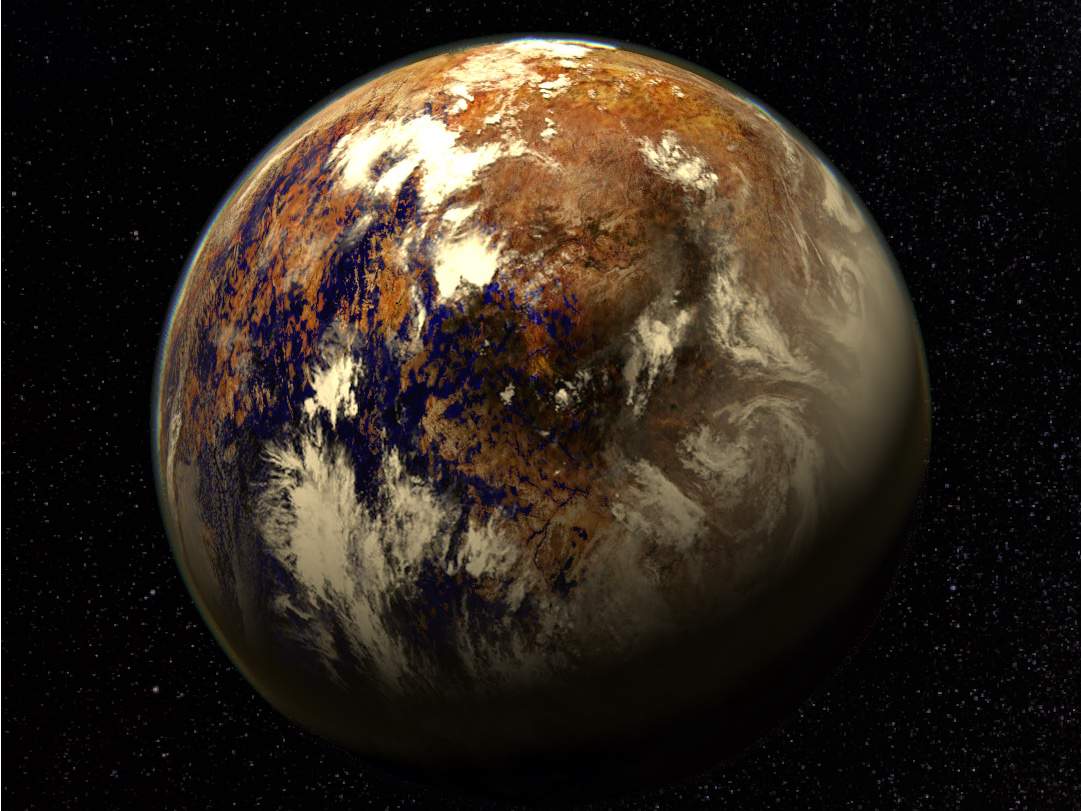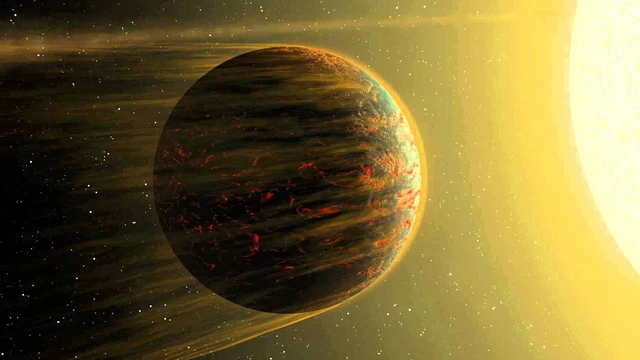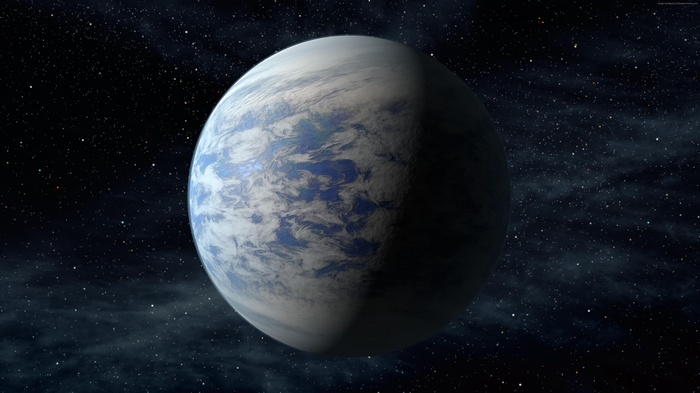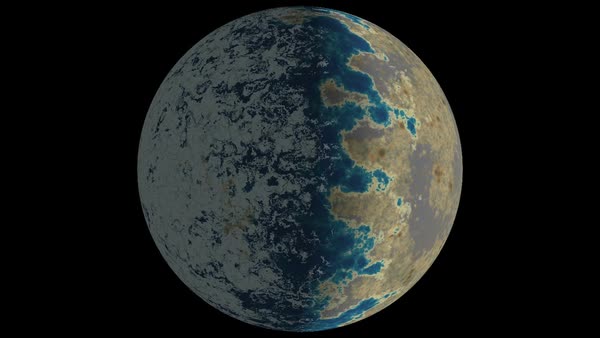Terrestrial Planets
Take a look at few examples of Terrestrial Planets

Proxima Centauri b
Closest known exoplanet to Earth and orbits within the habitable zone of the red dwarf Proxima Centauri.
Know More
HD 219134 b
Rocky terrestrial exoplanet located close to its star, making it extremely hot and uninhabitable.
Know More
